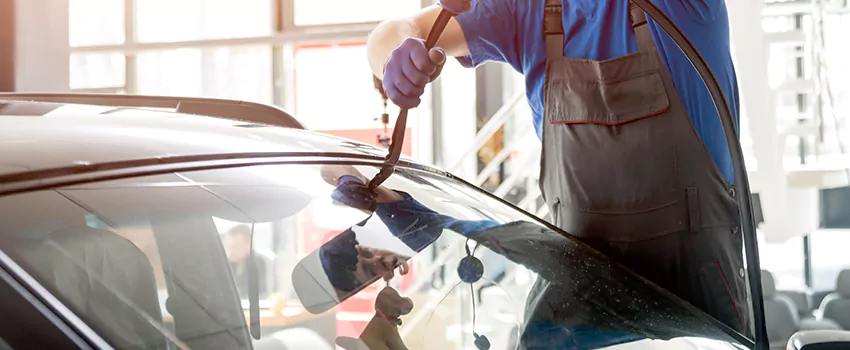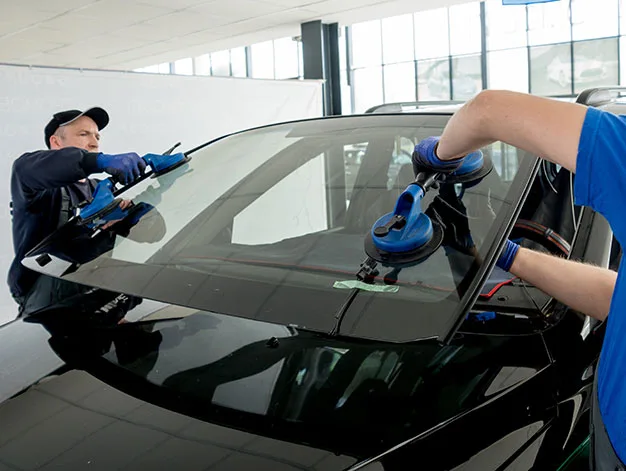Exploring the World of Auto Glass: A Detailed Guide
Auto glass is a specialized type of glass designed for vehicle use. Auto glass is different from the glass in homes or furniture. It is designed to prioritize safety, durability, and clarity. It is crucial to a vehicle's structure. It protects passengers from the outside and in accidents. Auto glass includes the windshield and side, rear, and sometimes sunroofs in cars.

The Unique Properties of Auto Glass
Auto glass can handle lots of stress. It resists shattering and stays see-through in many conditions. There are two main types of auto glass: laminated glass and tempered glass. Laminated glass is mainly for windshields. It has two layers of glass with a layer of polyvinyl butyral (PVB) between. This composition prevents the glass from shattering into sharp pieces upon impact. We use tempered glass for the side and rear windows. Subjects treat it with heat and rapid cooling to make it stronger. This also causes it to crumble into small, rounded pieces when broken. It does not make sharp shards.
The Importance of Auto Glass in Vehicle Safety
Auto glass is integral to the safety features of a vehicle. The windshield makes the roof strong. It helps keep passengers inside in a crash. It also supports the function of airbags by giving them a surface to inflate against. Good auto glass is vital for seeing and protection. Install and maintain it well. It guards against road debris, weather, and UV light.
Auto Glass vs. Ordinary Glass: The Key Differences
Auto and ordinary glass differ in making, safety features, and performance. Auto glass undergoes tough tests. It needs to meet safety standards set by regulators. The ability to remain intact under impact reduces injury risk. It also contributes to the vehicle's safety. These traits set it apart from ordinary glass. Ordinary glass lacks these traits and safety considerations.
The Role of Auto Glass in Modern Vehicles
In modern vehicles, auto glass is a safety feature. It also helps the vehicle's aerodynamics, energy efficiency, and noise reduction. Advanced technologies are things like heads-up displays (HUDs) and rain sensors. They are often built into auto glass. They enhance the driving experience and safety. Auto glass has evolved with automotive innovation. It has kept pace to meet the needs of new vehicle designs and features.
Choosing the Right Auto Glass for Your Vehicle
When replacing or repairing auto glass, choosing the right type and quality is crucial to maintaining the vehicle's safety and performance. Use OEM (Original Equipment Manufacturer) glass for replacements. It matches the original specifications and quality. However, aftermarket options are available and may offer a cost-effective alternative. In any case, the auto glass must meet safety standards. Certified professionals must install it.
Conclusion: The Critical Role of Auto Glass in Automotive Safety
Auto glass is vital for vehicle safety. Designers created it to protect passengers and enhance the driving experience. Understanding the differences between auto glass and regular glass is critical. It's also vital to pick the right type for replacements or repairs. This knowledge is essential for keeping your vehicle safe and sound. Auto-glass technology is evolving. Its role in vehicle safety and performance is becoming more critical. This highlights the need for expert knowledge and proper maintenance in car care.
